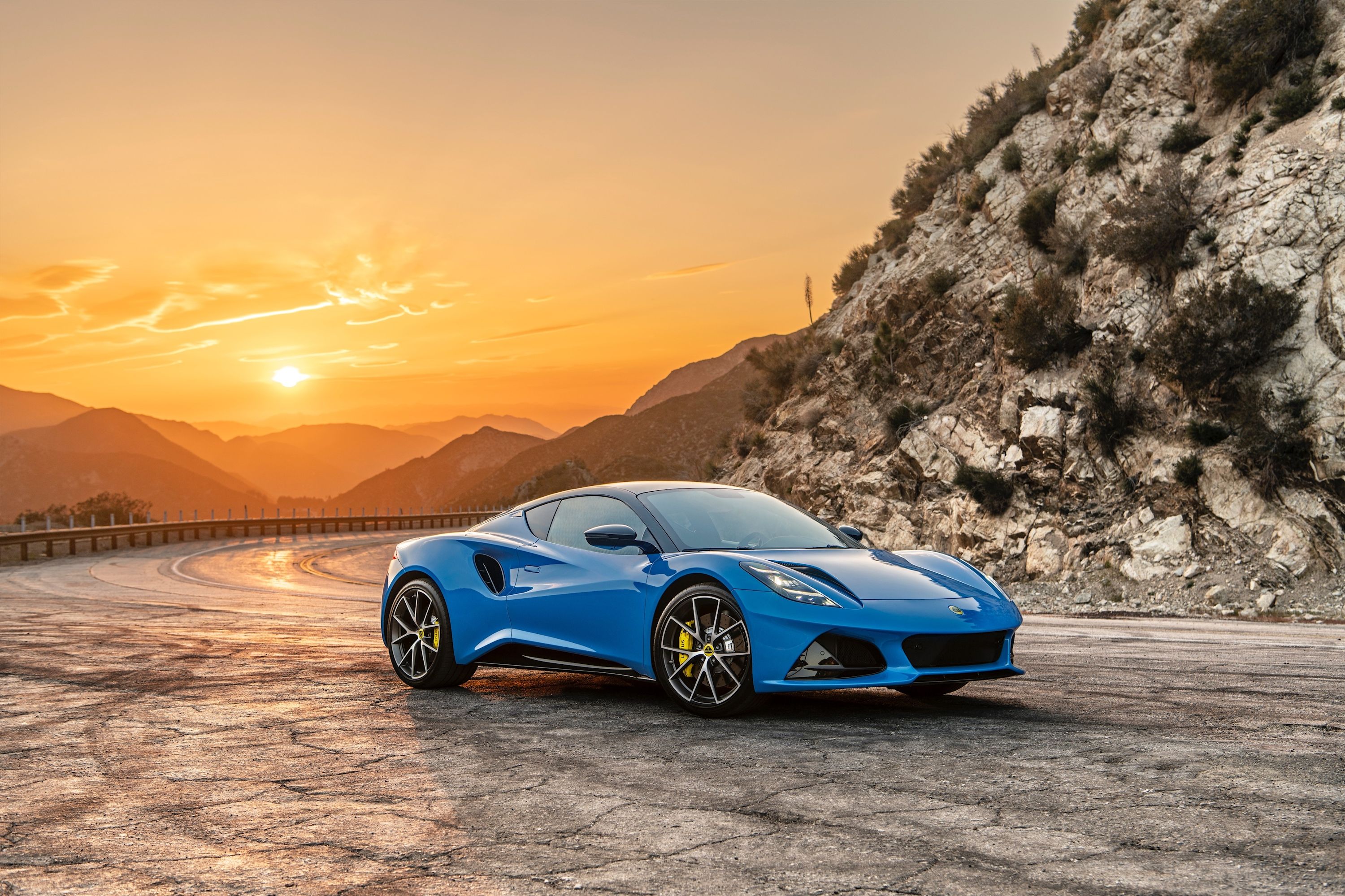
Lotus has made one hell of a comeback in the past year. Alongside the reveal of an all-new sports car called the Lotus Emira, the company has been working to make future cars even more attractive. And while the British brand has been a little slow to get back on its feet, it is now using its renewed momentum to look to the future, promising a whole new range of diverse vehicles. Four new cars have been teased as the brand looks to become electric-only in the future, and now Lotus has revealed what we can expect from these new EV performance cars. An innovative new lightweight chassis will underpin future models, but while Lotus cars of the past have focused predominantly on low weight, these new featherweight EVs will also offer extraordinary power.
Lotus announced that its new lightweight chassis structure has been developed through Project LEVA (Lightweight Electric Vehicle Architecture), and it's already amazing. The rear structure is 37% lighter than that of the Lotus Emira V6, so company founder Colin Chapman's philosophy of "simplify, then add lightness" is still alive and well. The technology is fully adaptable and can be altered to work with various layouts, wheelbase lengths, battery sizes, and configurations. "All three layouts feature a common lightweight die-cast rear sub-frame with multiple interchangeable components," says Lotus. "This is the Project LEVA innovation, and it means a single vehicle architecture can accommodate two different types of battery configurations."
So how much power can each of these configurations allow?
The two-seater vehicle layout with a wheelbase measuring at least 97.2 inches will allow for maximum battery power of 66.4 kWh, with a single electronic drive unit (electric motor) generating up to 350 kilowatts or 469 horsepower. Two-seaters with a wheelbase measuring more than 104.3 inches will be able to hold a 12-module chest battery with 99.6 kWh. With a pair of e-motors, this model can develop up to 650 kW or 872 hp. Finally, 2+2 configurations with a wheelbase of more than 104.3 inches revert to the eight-module battery of the smaller two-seaters, but this configuration features a slab battery (horizontally mounted modules) while the other two get a chest battery (modules are vertically stacked behind the seats). This setup can house either one 469-hp motor or two for the same 872 hp as the larger two-seaters. This configuration will be used to underpin the new Lotus SUV.
The future of Lotus EVs looks very promising, but with the track record that the British company has, we'll only allow ourselves a cautious optimism until we see these cars at dealers or on the road.
